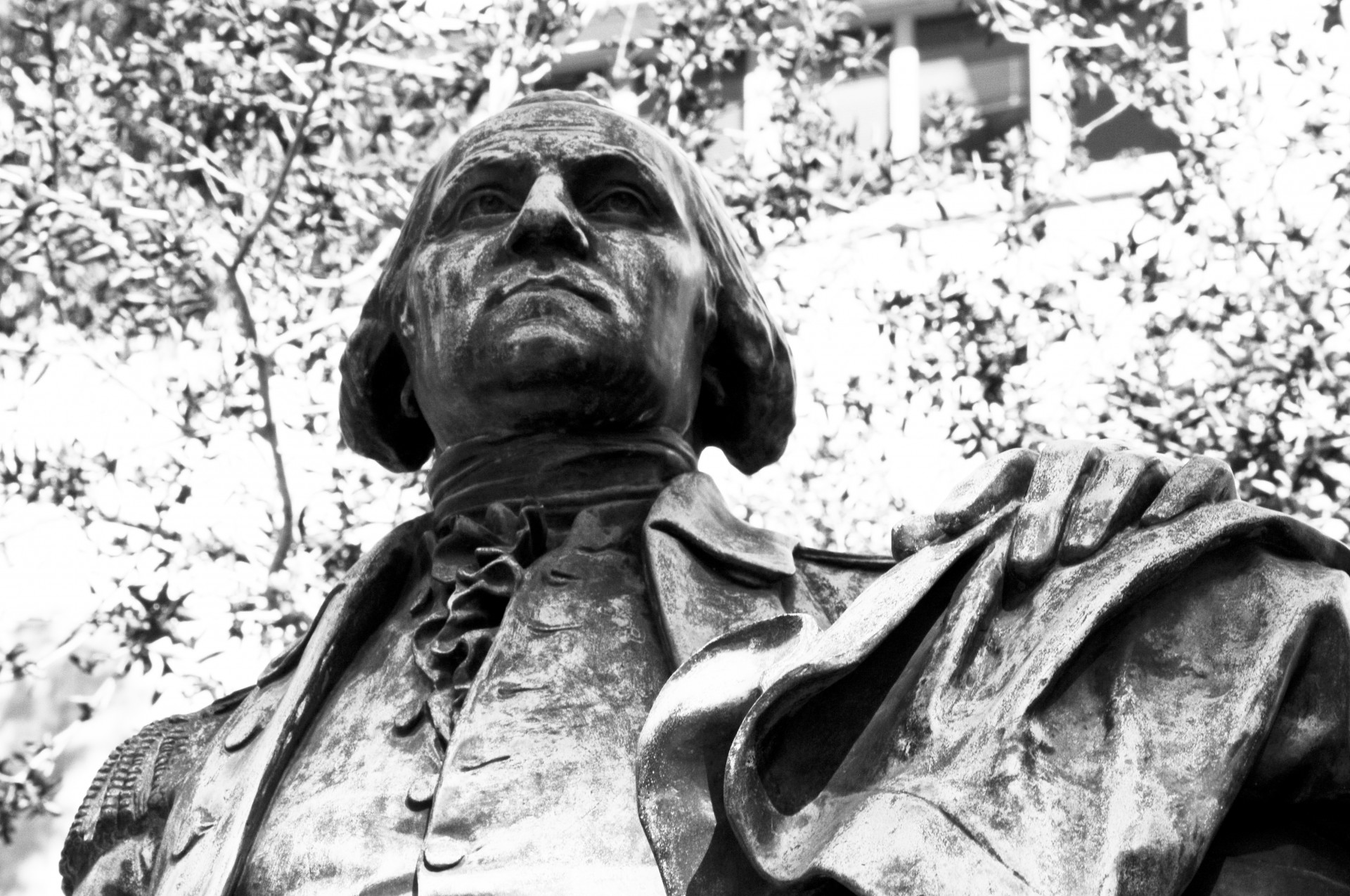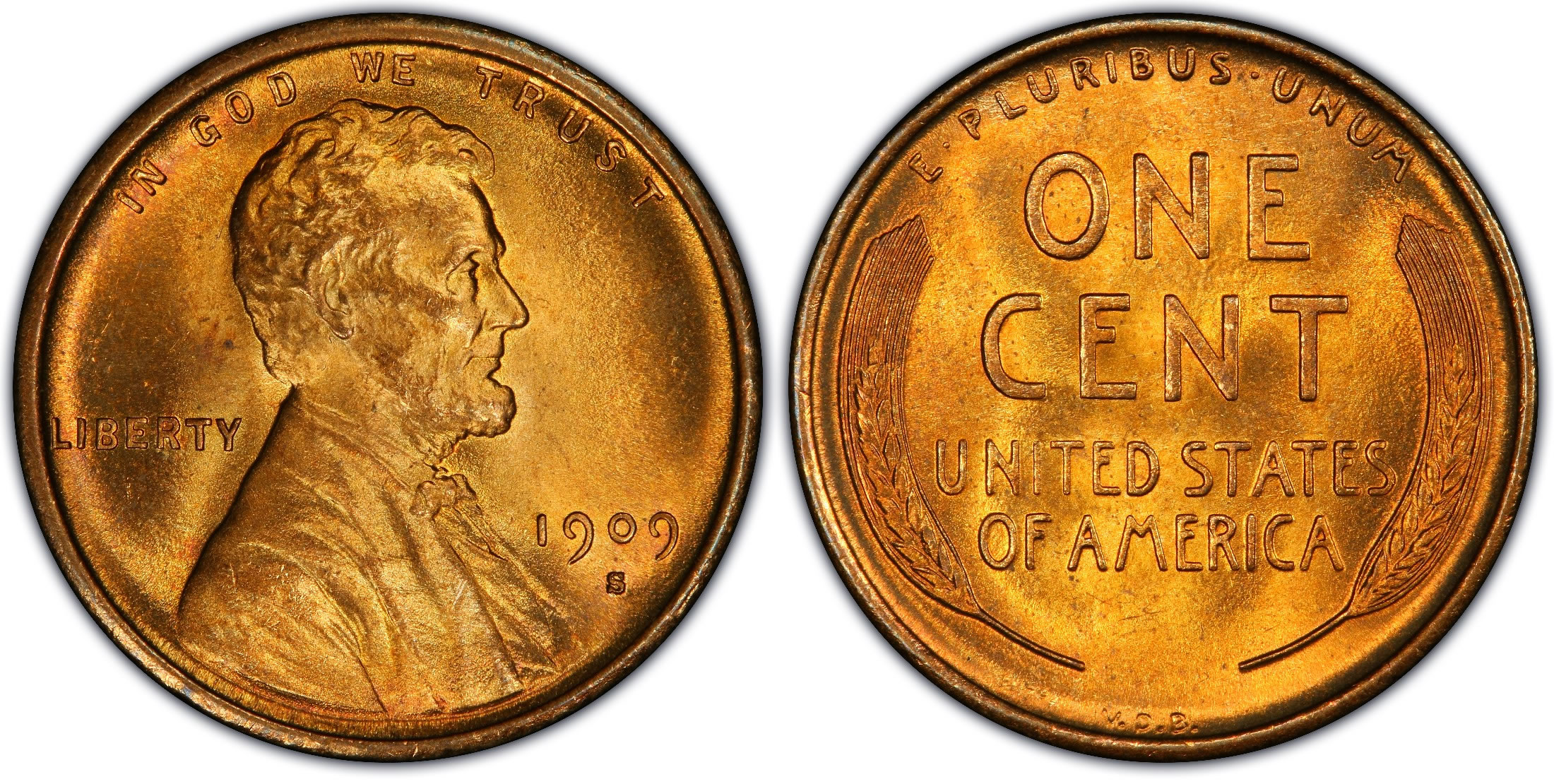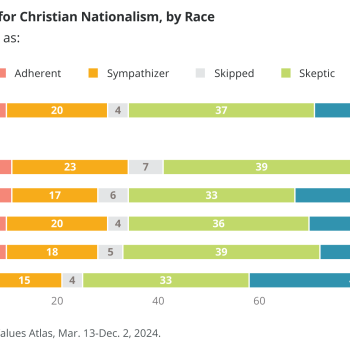Monuments to flawed heroes of the past are spiritually dangerous – but removing them may lead to even greater spiritual blindness.
At a time of new expressions of deep anger over a centuries-long history of racial injustice, perhaps it is not surprising that calls for the removal of Confederate monuments – calls that are based on a legitimate historical argument that those monuments are symbols of white supremacy – have, in at least a few cases, morphed into a larger call to remove a much broader array of celebratory statues of white presidents and founders, including Thomas Jefferson and George Washington. And, on the other side of the political spectrum, there is now a counterreaction to build new monuments to the heroes of the past. This month President Donald Trump issued an executive order calling for a new statuary park to honor an array of presidents and traditional “American heroes,” including Washington. How should Christians react to all of this?

Perhaps the right answer is to neither defend the sins of the founders nor topple their statues, but instead to use this moment to reconsider the message and purpose of memorials altogether. Perhaps we can arrive at a new understanding that is rooted in humility and an acknowledgement of societal and individual sin that will lead to repentance rather than either self-righteousness or hero worship.
Americans in general – and evangelical Protestants in particular – have been rightfully wary of monuments to an individual. For centuries, theological heirs of John Calvin eschewed images in their churches and refused to bestow the title “saint” on any individual Christian. And for more than one hundred years, no American coins featured an individual person’s face – a sharp break from the centuries-old European practice of adorning coins with the face of a monarch. It was not until 1909, after more than a century of making coins adorned with Lady Liberty or an American eagle, that the American mint finally produced its first coin with the image of a historical person by putting Abraham Lincoln’s face on the penny. It was also not until 1879 – nearly one hundred years after the Constitution was signed and the first president inaugurated – that Congress created the first federal holiday honoring a historical individual (in this case, George Washington’s birthday).

Today, of course, we are very familiar with the practice of creating holidays, monuments, commemorative stamps, and coins to honor noteworthy Americans of the past, but it’s worth noting that this practice inevitably takes us into the dangerous territory that bothered Calvin – that is, the practice of shifting our gaze from the perfect sovereign God to a sinful human. Inevitably, in our investigation of the person’s flaws, we will discover what Jesus said: “No one is good except God alone.”
Furthermore, as the moral concerns of the moment change, our understanding of the gravity of particular sins will also change. The prevailing sins of our own culture and time period – especially the sins in which we ourselves participate – will probably seem relatively mild. We will not see their gravity. We will not see the dishonor that they give to God’s name and the damage that they do to other people. But the further removed we are from those sins, the more we will see their full ugliness.
Yet as we rightly point out the horror of sins of previous generations (such as the kidnapping, enslavement, and sale of millions of Africans or the white rape of numerous black women both during and after slavery), there is a temptation for us to forget that sin is just as present in our hearts as it was in the hearts of the eighteenth and nineteenth-century slaveholders. The sins of the American nation are not confined to racial injustice (as heinous a sin as that is) – which means that we have not really expunged evil from our nation when we get rid of all of the historical monuments to everyone tainted with that particular sin.
Instead, as sinful people, we are prone to adopt (and excuse) a new societal sin whenever it seems that we are on the verge of finally acknowledging and turning from one of the sins of our past. To look at only one example of this phenomenon, let’s consider American society of the mid-twentieth century (an era when many liberals viewed themselves as enlightened champions of egalitarianism) and consider that culture’s blindness to one particular sin that is a clear violation of a biblical command and that most people today, even if they are not Christians, would admit is wrong: adulterous violation of a person’s marriage vows, especially between a man who exercises a position of power and a woman in his organization or circle of influence who occupies a position of significantly less power. This has always been a sin. It’s a violation of one of the Ten Commandments, it’s a direct assault on gospel-centered principles of sexual behavior, and it’s an exploitation of others that contradicts the Golden Rule. Mid-twentieth-century American Christian men should have known not to engage in it. But at the time, this sin became so deeply engrained in a culture of male privilege that it became more of the norm than an exception among egalitarian minded, influential men who could see the need for justice on issues of racial oppression but turned a blind eye to their own sins when it came to their marriage vows and their sexual exploitation of women.
Only one of the US presidents who was in office during the thirty-six-year period between 1933 and 1969 was likely monogamous; all of the others appear to have cheated on their wives at some point. So pervasive was this culture that there is now credible historical evidence that every twentieth-century president whose image has ever been put on the face of a coin or bill had at least one extramarital affair or long-term paramour – and, in several of these cases, numerous dalliances. The same was true of congressional politicians, journalists, business executives, movie stars, athletes, professors, and clergy.
We are only beginning to discover the full horrors of the mid-twentieth-century sexist attitudes and practices that encouraged powerful men to think of young women as sex objects who existed solely for their pleasure and to view their marriage vows as non-binding suggestions, at best. In the mid-twentieth century, male politicians and business leaders had sex with their secretaries, male professors had sex with their graduate students, and male clergy had sex with the women who came to their offices for counseling. In the South, numerous upstanding “gentlemen” (some of them church leaders) fathered children through coerced sex with their black maids who were trying to care for their own families while earning only $100 a year (which would be equivalent to an annual salary of less than $2,000 today). In the Catholic Church, at least 4,000 Catholic priests and bishops abused a collective total of more than 10,000 children between the 1950s and the end of the twentieth century. The extent of similar abuse in Protestant denominations is still being uncovered and will probably not be known for several years. And in all of this, male leaders amassed power for themselves, both by preserving very low glass ceilings in their organizations and, in far too many cases, making women’s advancement in their organizations conditional on sexual favors.
Just as the sin of racism was so deeply engrained in the culture of eighteenth and nineteenth-century America that it is impossible to find more than a very small handful of white men of those centuries who were not in some way tainted by it, so the sins of sexism and adultery were so pervasive in mid-twentieth-century America that quite possibly the majority of the male politicians and civil rights leaders who are viewed as champions of racial equality were also participants in it. We’re deeply affected by cultural sin. And, perhaps most disturbing, it is near-certain that we ourselves are tainted by our culture’s sins; we’re just not yet fully aware of the horrors or extent of those sins.
So what does this mean for monuments? Is there anyone whom we can safely commemorate? If we’re looking for someone untainted by the sins of the culture, the answer is no. As sinners, we are prone to many ways of rebelling against God and hurting others, but we are especially vulnerable to the particular temptations of our culture, whatever those might be. And if we are in positions of power and influence, we are even more vulnerable to temptations to claim sinful prerogatives for ourselves, since we have the power to do so.
In the past, Americans were probably too eager to erect monuments of particular people – too eager to ignore the warnings about idolizing a human being. But today, we may be in danger of being too eager to tear them down – or at least, too eager to tear them down for the wrong reasons.
George Washington was certainly guilty of some of the common sins of an eighteenth-century Virginia planter; he kept people enslaved for decades and pursued runaways when some of his enslaved workers tried to escape his oppression. But he also demonstrated a remarkable willingness to sacrifice his own interests and renounce power that very few of us possess to the same degree. And, at the end of his life, he made arrangements for all of his hundreds of slaves to be freed upon the death of his wife.
There’s something that we, as fellow sinners, can learn from Washington’s example of humility, growth, and self-sacrifice. And there’s something that we can also learn from reflecting on the fact that he, like the rest of us, was deeply affected by the sins of his own time. To pretend that our country is not deeply connected to Washington – including both his sins and his virtues – would be historically naïve. And to pretend that we have been more successful than Washington in participating in our own generation’s sins would probably be an arrogant act of presumption. Once we recognize how pervasive cultural sin is, we’ll be more understanding of both the virtues and vices of a sinner like Washington – and more willing to humbly recognize what we can learn from his life.
The good news of scripture is that God uses terrible sinners – including murderers, adulterers, chauvinists, racists, and plenty of other people like ourselves – in a cosmic story of redemption. This doesn’t mean that every sinner should be memorialized or that every monument to an unrepentant sinner should necessarily be preserved. But it does suggest that of all people, Christians should be both the first to acknowledge the evils of our ancestors and the first to realize that we ourselves are probably guilty of equal evils that God has forgiven through the cross. And perhaps that realization will be the first step toward exercising the grace and wisdom in dealing with the thorny questions that may surround each particular monument.
Personally, I would vote to keep the statue of George Washington. I would do so with the acknowledgement that in addition to celebrating Washington’s achievements, we need to confess the societal sins in which he was a participant – and, as a nation, repent of the ongoing legacy of those sins.
And if we’re going to erect any new monuments – as spiritually dangerous as that practice might be – I would propose creating statues of two of Washington’s African American contemporaries who had a lot less political power than he did, but who showed remarkable faith and courage precisely because of their lack of power: Phillis Wheatley and Elizabeth Freeman.

Like all of us, they were products of their time, with imperfect spiritual vision. They were not equivalent to Jesus. But there’s undoubtedly something that we can learn from them, too. Like Washington, they played a critical role in shaping our country’s history. To excise their stories from the history books (as occurred for far too long) would be to show just as much spiritual and historical blindness as toppling Washington’s statue.












